Living with persistent pain can be difficult! Pain permeates every part of my life and is my constant companion. In this blog I hope to show how the beauty of the natural world can help support those of us living with persistent pain, and in particular how living by the sea has helped me to Live Well with Pain.
Growing up by the sea
I grew up in the UK city of Liverpool sited on the River Mersey, a short distance from the Irish sea.
As a child my grandmother would often take me by bus and ferry to visit the quiet seaside town of New Brighton. I spent many happy childhood hours there, building sandcastles and searching for crabs in the rocks. I learnt about the dangers of quickly incoming tides and marvelled at how high the sea would rise.
My parents took me further afield. Both the coastline to the north and south of Liverpool are particularly beautiful, and there were a multitude of beaches to visit and explore. The beaches on the North Wales coastline, many with a mountainous backdrop, were amongst my favourite beaches of all.
Although I lived in the city, I felt as though I grew up by the sea.
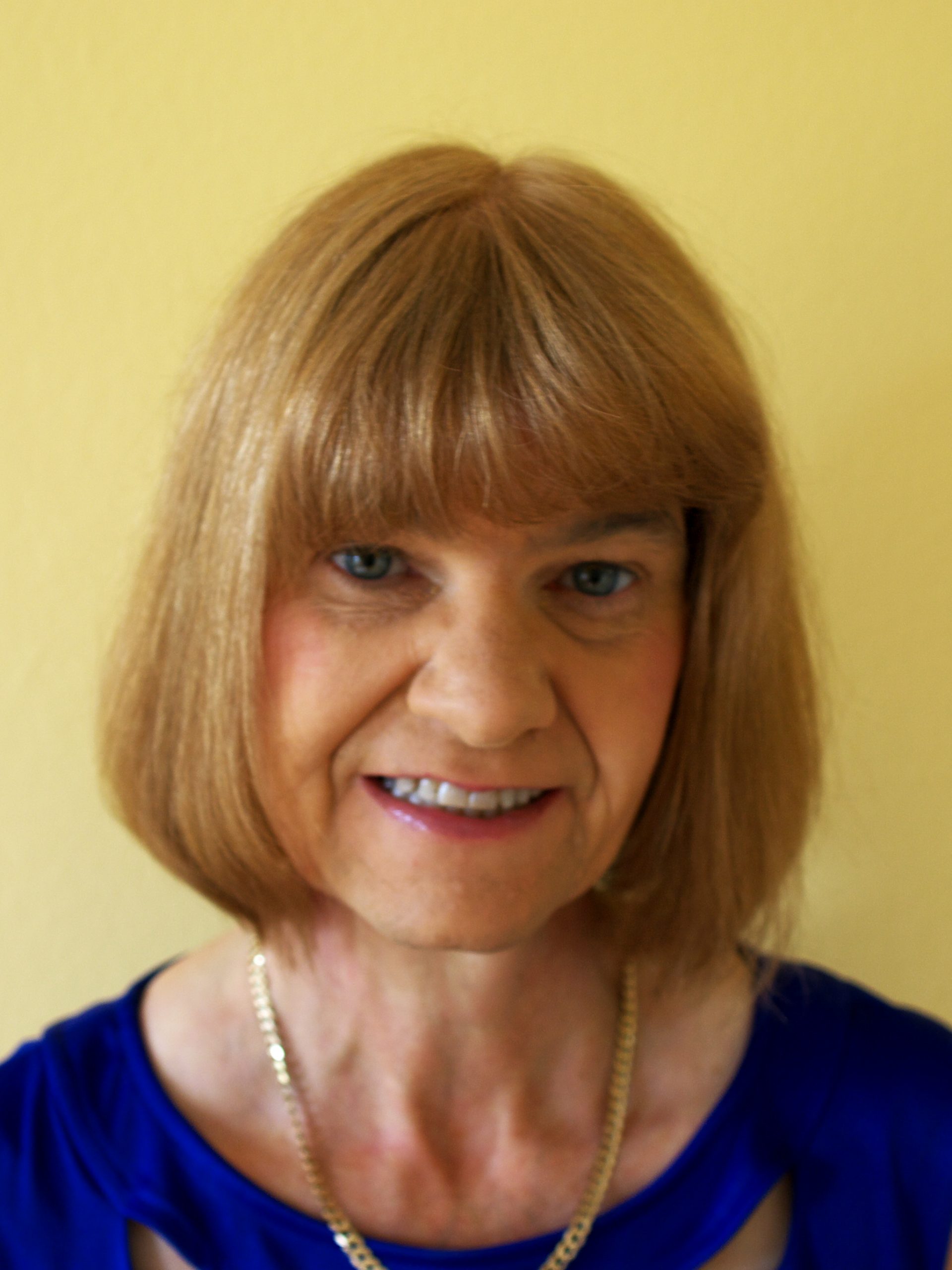
Tina Price
Tina lives with persistent pain. Recently, she started to write, blog and talk about her experiences of Living Well with Pain. Tina is the first patient representative on the Executive Board of the UK’s Physiotherapy Pain Association. You can read her blog on livingwellpain.net ‘
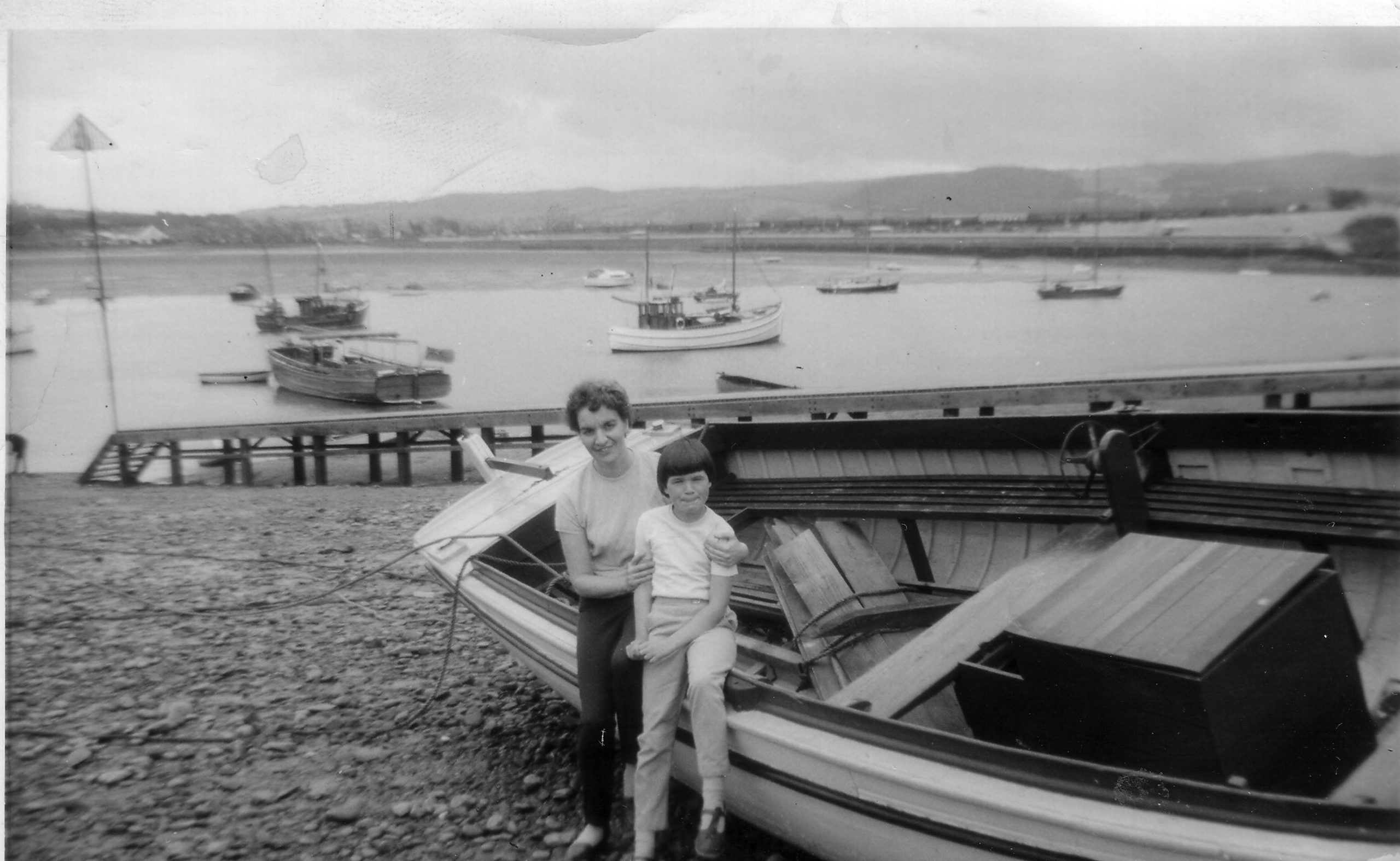
With my mother in a North Wales harbour
Living by the sea helped my physical recovery
I now live in the beautiful town of Bournemouth, which boasts seven miles of sandy beaches. From my house I can walk down the pretty Bournemouth gardens to my beach hut on the promenade. I adore sitting at my hut just gazing out to sea and watching happy children, dogs and adults walk down the promenade, or play in the sand, or paddle in the sea. I love looking out at the coastline, at the Purbeck Hills, ‘Old Harry’s Rocks’ and the Isle of Wight. I just love living by the sea.
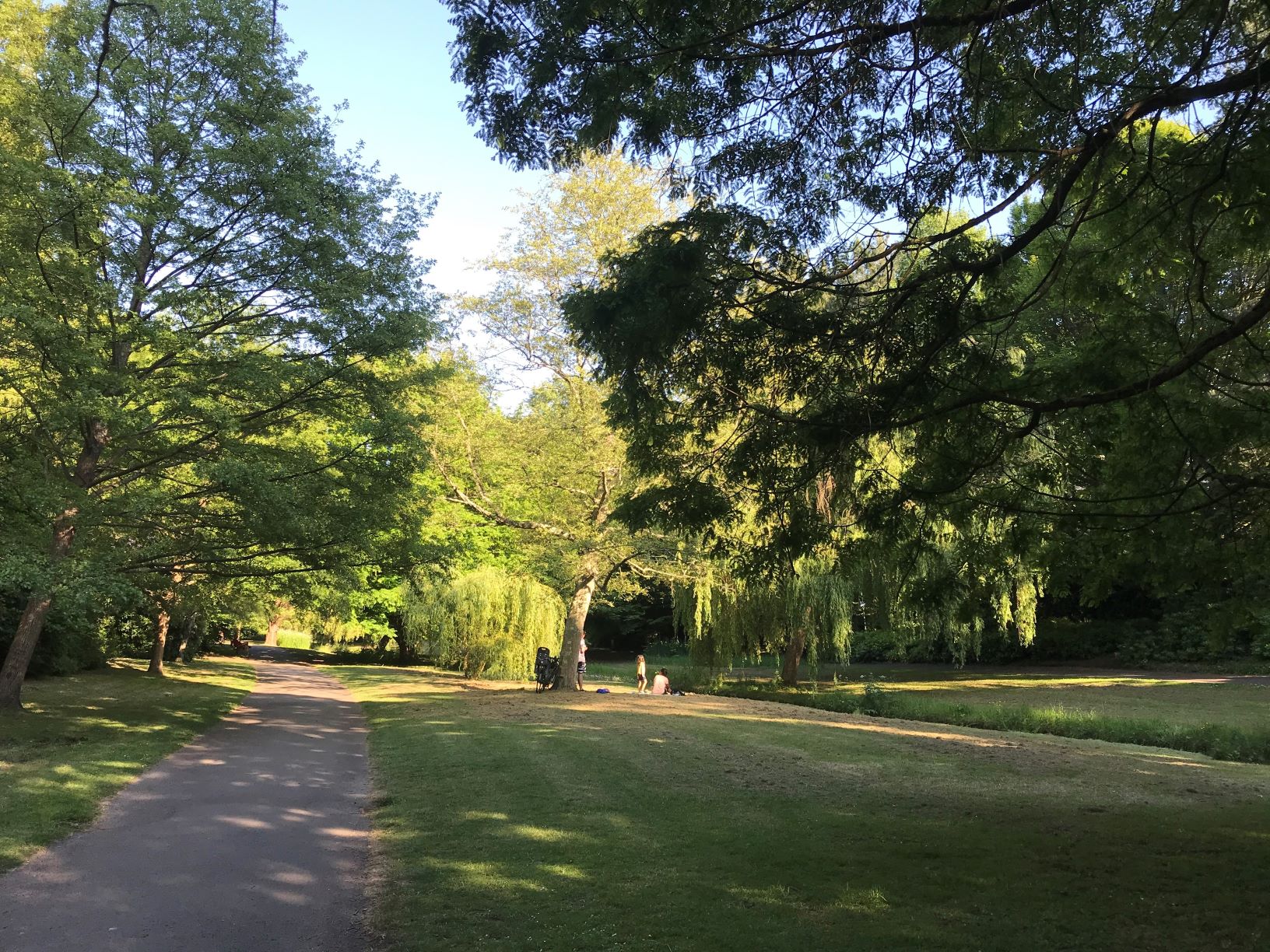
The pretty Bournemouth gardens I walk through to get down to the sea
Unfortunately, twelve years ago, I experienced a manual handling injury which was to prove both devastating and life changing. I was taken to hospital to rule out any serious pathology and stayed there for five days, but thankfully, a serious cause was ruled out. My L5/S1 disc had prolapsed compressing my S1 sciatic nerve root. I was experiencing sciatica.
I left hospital still in excruciating pain and on a cocktail of strong pain killers, including morphine. I could literally only walk a few steps and could not sit down.
I was referred for outpatient physiotherapy and seen almost immediately. It was a real struggle to walk the few steps to the appointment desk, and I could not sit on the chairs in the waiting area, nor could I stand. I was given special permission to wait for my appointment lying down on a treatment bed. The pain I was experiencing was immense. I was seen by a young lady physiotherapist who was evidently concerned about my condition. I can remember her doing some manual therapy on me and teaching me some basic core exercises. After a few sessions she discharged me.
Interestingly the physiotherapist did not do anything to help me improve my walking, dressing, or anything else functional, even though these were huge difficulties for me at the time.
I instinctively knew that I needed to get back to being able to walk as quickly as possible, however much pain I was in. I can remember to this day how dreadfully painful walking was for me, but how determined I was to be able to get back to doing it.
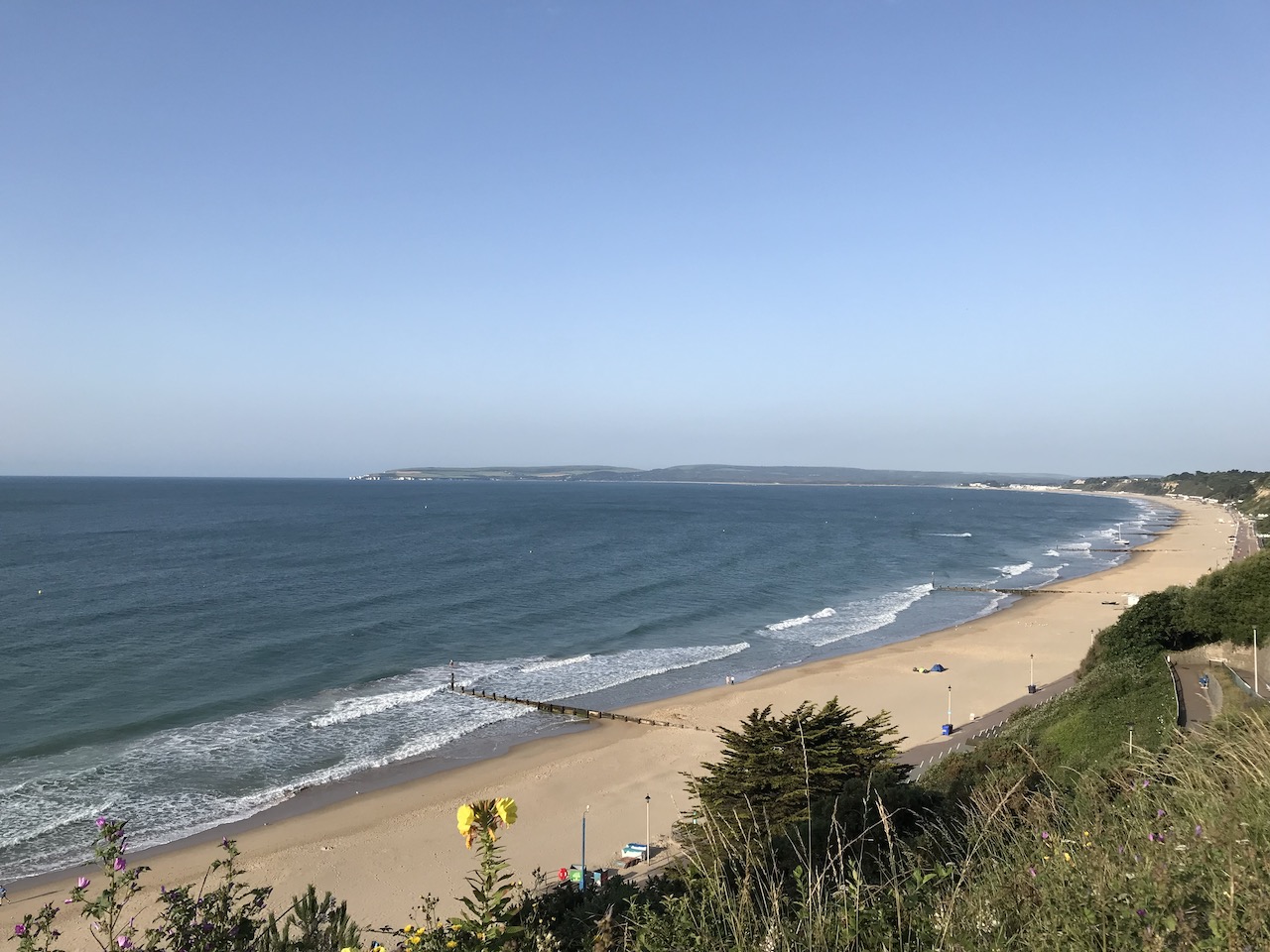
Bournemouth golden sands
Within days of leaving hospital I decided that I would use the place I love most to help me get back to walking. I could have tried to practice walking up and down my street, but instead I got my husband to drive us down to a quiet section of our beach. Somehow being by the sea raised my spirits and supported me in this difficult and painful venture of being able to walk again. Somehow looking out to sea made it easier to bear the pain. My progress was incredibly slow, and I measured it by the lamp posts on the promenade. Once I had managed to walk to one lamp post, my goal for the following weeks was to get to the next lamp post. I cannot explain why being in a place I loved so much supported me in what at times seemed an impossible venture, but there is no doubt in my mind that it did.
Do physiotherapists incorporate the power of the natural environment into recovery programmes?
I often reflect on that first physiotherapy episode of care and wonder why I was not given any help to do the things that were so desperately important to me, such as being able to walk again. Why wasn’t my walking assessed? Why wasn’t I assessed for mobility aids? Couldn’t I have been given some advice on how to get back to walking, and encouragement to do so? Couldn’t anything have been done to improve my overall function and independence?
I do not think I will ever understand what went so wrong for me with that first episode of physiotherapy care. I find it hard to believe that any clinician could think that a few core exercises were going to get me back to a functional life. I do however recognise that at the time core exercises was the ‘routine’ treatment for back/sciatica problems, being dictated by evidence and guidelines. It feels to me as though the ‘research evidence’ and what was done ‘routinely’ for patients with my diagnosis was considered above my individual needs as a person.
Looking back, I have also wondered if my exceptionally high levels of pain, and probably at times distress, acted as a barrier to my treatment. Was my physiotherapist scared of increasing my pain by doing anything more? Was her focus on trying to relieve my pain, rather than improve my function and independence and help me live my life again?
How amazing would it have been if my physiotherapist had looked past my diagnosis, pain and distress and got to know me as a person. How amazing would it have been if she had incorporated my love for the sea into a personalised programme that could have got me back to independence and functionality quicker, and more easily, than I could do on my own. Do other physiotherapists utilise the natural environment in this way?
Dancing at the door of the pain cave
My journey with persistent pain continued beyond regaining my ability to walk. I still live with persistent pain twelve years later. It has been a long and bumpy ride; some might say a rollercoaster. At the time of my injury I was a teacher in a special school. It was a job that I returned to almost straight away, despite being in excruciating pain. Teaching, especially in a special school, is a very physical job and eventually I realised, with the help of a bit of advice from a clinician, that I needed to stop teaching and pursue a different employment path. After much careful thought I decided my best way forward was to become self-employed and work part-time.
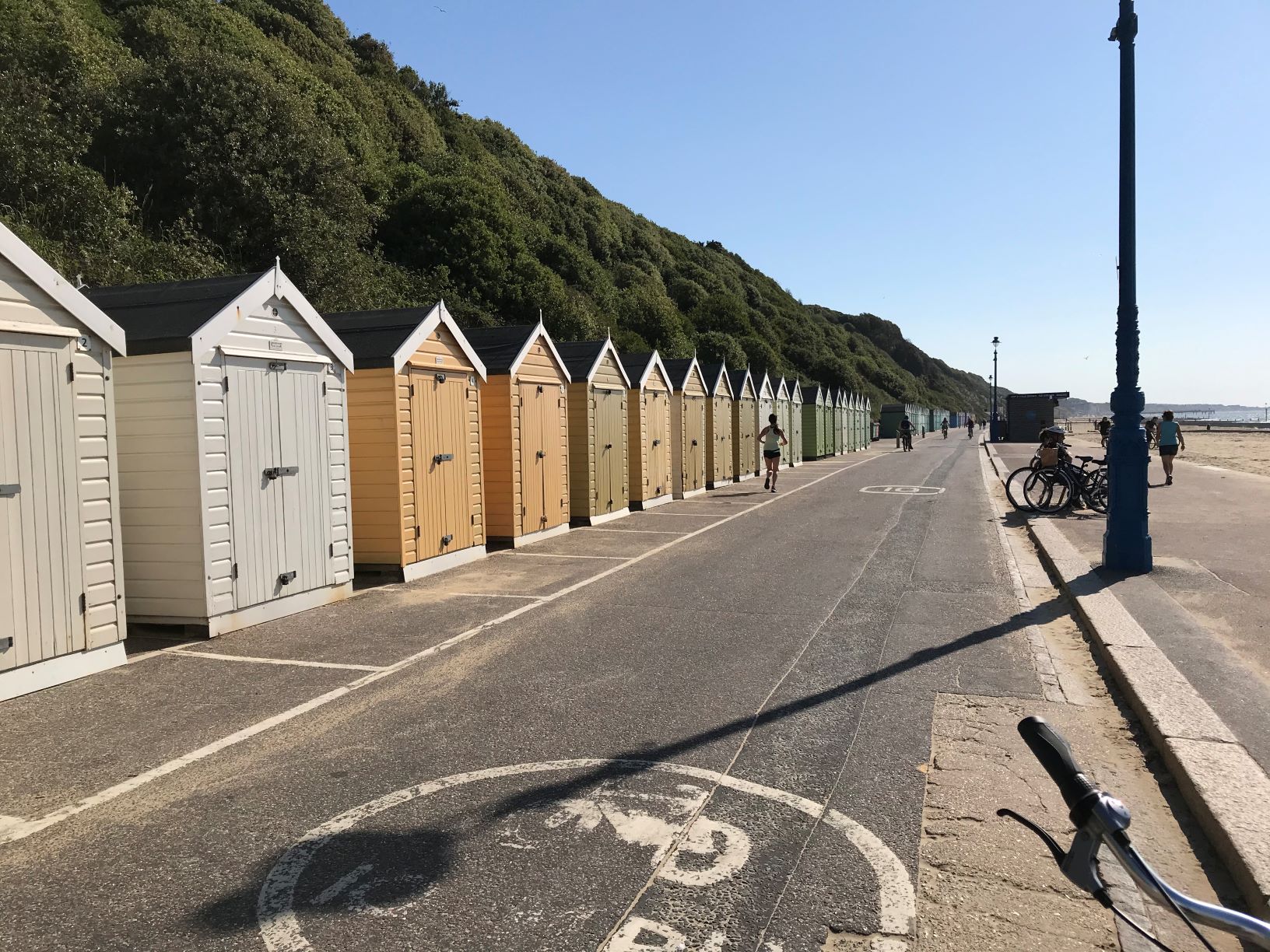
My beach hut on Bournemouth promenade
I had been teaching for 30 years and had never done anything else. Making the decision to stop teaching was hugely difficult for me, but one I knew I had to make. During these difficult times, and others, I would go down to my beach hut and gaze out to the sea. The beauty of the coastline provided me with the ‘headspace’ to think things through.
I was lucky in my persistent pain journey that I did not become clinically depressed. I was lucky that I did not enter the ‘pain cave’, as so many people understandably do. I know that I danced at the door of the pain cave many times, over a number of years, but I believe that the beautiful place I live in, and the hours I spent at my beach hut just looking out to sea, helped save me from going inside. I believe that if my social and environmental circumstances had been different then I could have joined the many thousands of others in that dark and dismal pain cave.
Living well with pain, by the sea
I know I have been very fortunate in my persistent pain journey. As well as some ineffective physiotherapy support, I have experienced some outstanding physiotherapy care. I have benefitted from good social support, and I have benefitted from the beautiful natural environment I live in. There is no doubt in my mind that I have benefitted from living by the sea.
I am sure there will be many more ups and downs in my persistent pain journey; I cannot tell what my future will hold. However, for now I am truly grateful that I can Live Well with Pain, and I am truly grateful that I live by the sea.
Tina

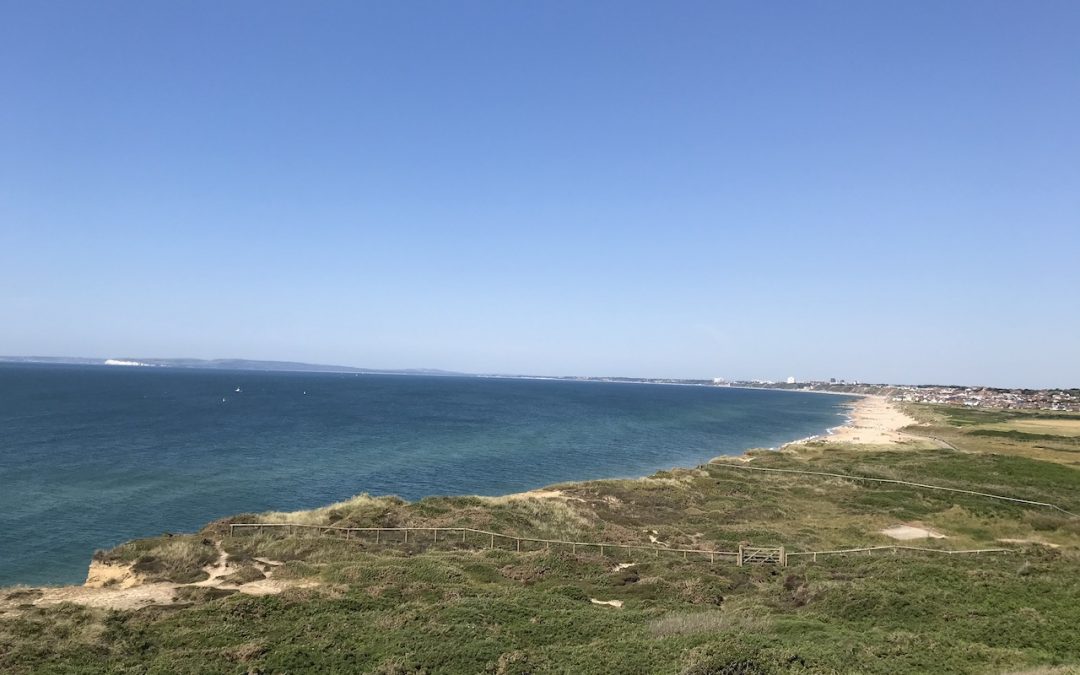
Trackbacks/Pingbacks